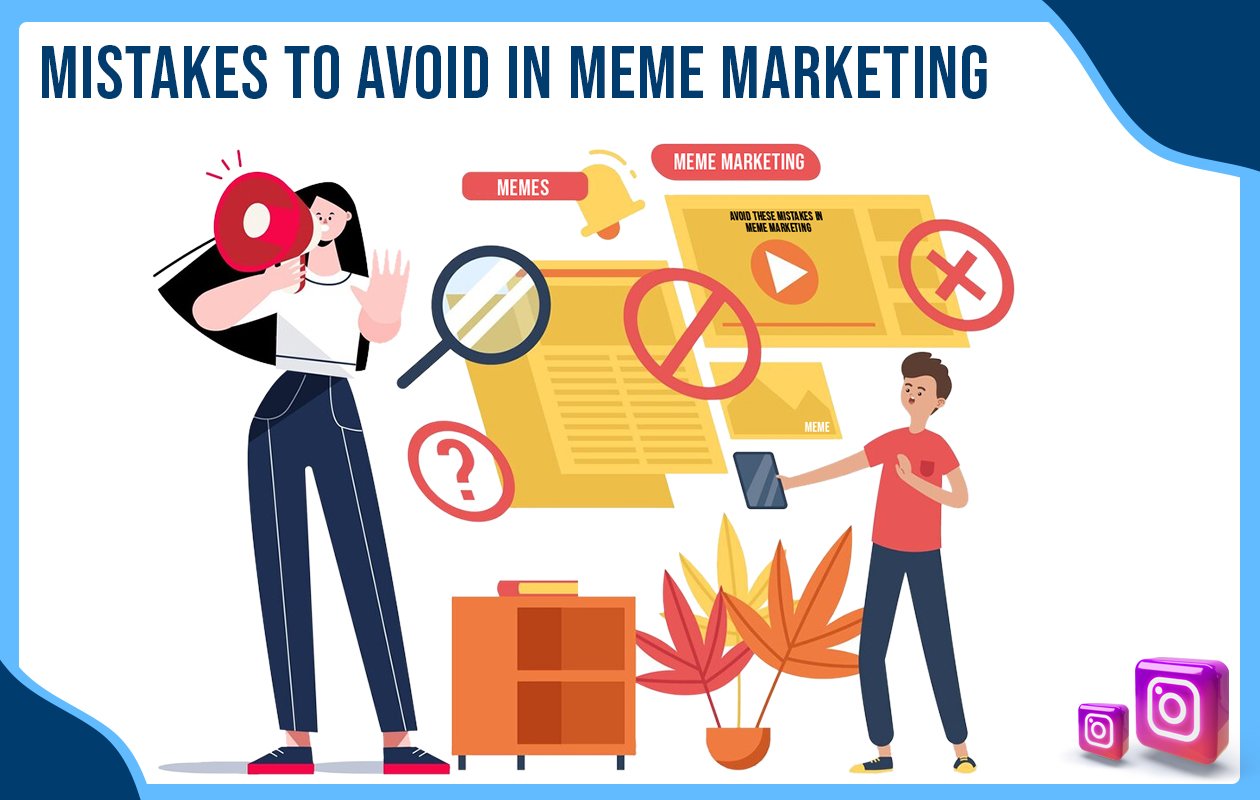Mistakes to Avoid in Meme Marketing: Lessons from Failed Campaigns
Meme marketing has become a powerful way for brands to connect with their audience. A well-crafted meme can go viral, boosting brand visibility and engagement. However, not every campaign succeeds. Many brands make mistakes that hurt their reputation instead of helping it.
A meme marketing agency understands how to use trends, humor, and brand voice effectively. But even without expert help, avoiding common mistakes can make a big difference. Let’s look at why brands use meme marketing and what to avoid for a successful campaign.
Why Do Brands Use Meme Marketing?
Meme marketing helps brands stay relevant and connect with younger audiences. Memes are fun, shareable, and create a sense of community. They make brand messages more engaging and easier to digest. Unlike traditional ads, memes feel natural in social media conversations. When done right, they can increase engagement, boost brand recall, and even drive sales. But for this to work, brands must balance humor with strategy.
Common Mistakes to Avoid in Meme Marketing
Meme marketing works best when brands understand internet culture. But many fail because they rush into trends without a plan. Here’s what to avoid:
- Using Outdated Memes
Memes have short lifespans. A meme that was viral last month might feel outdated today. Posting old memes can make your brand seem out of touch. Stay updated on trends before using them in campaigns.
- Forcing Branding Too Much
Memes should feel organic. If a meme looks like a traditional ad, people won’t engage with it. Instead of overloading memes with logos or slogans, focus on making them relatable and funny.
- Misunderstanding the Context
Some brands jump on memes without understanding their meaning. This can lead to embarrassing situations where the meme contradicts the brand’s message. Research a meme before using it to avoid negative reactions.
- Ignoring Audience Sensitivity
Humor is subjective, and memes can sometimes offend people. A joke that seems funny to one group might feel insensitive to another. Always consider your audience before posting.
- Copying Without Creativity
Reposting a meme without adding anything new won’t help your brand stand out. The best meme marketing campaigns add a unique twist that makes them fresh and interesting.
- Overusing Memes
Memes work well, but too many can make your brand seem unprofessional. Use them strategically rather than in every post.
- Ignoring Platform Differences
A meme that works on Twitter might not perform well on LinkedIn. Every platform has a different audience and tone. Adjust your meme style accordingly.
- Not Tracking Performance
Many brands post memes without checking if they are effective. Tracking engagement, shares, and audience feedback helps refine your strategy over time. A successful campaign isn’t just about making people laugh—it’s about meeting business goals.
How Can You Get Success in Meme Marketing?
Successful meme marketing requires creativity, timing, and strategy. A meme marketing company understands how to blend humor with branding without making it feel forced. Brands that research trends, adapt quickly, and stay authentic can build strong engagement.
Consistency also matters. Posting memes randomly won’t help if there’s no alignment with your overall marketing strategy. The right balance of humor and messaging ensures memes support your brand identity while keeping the audience entertained.
Learn from Mistakes and Improve
Meme marketing is a great way to engage audiences, but only when done right. Brands that understand trends, respect internet culture, and stay creative see the best results. Avoiding common mistakes ensures memes feel fresh, relevant, and impactful. Whether you work with experts or handle it in-house, a smart meme strategy can make all the difference. Keep learning, experimenting, and evolving your approach for long-term success.
